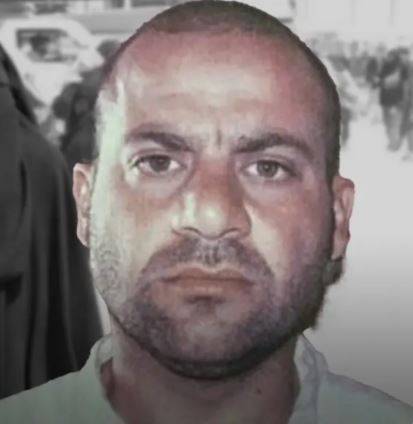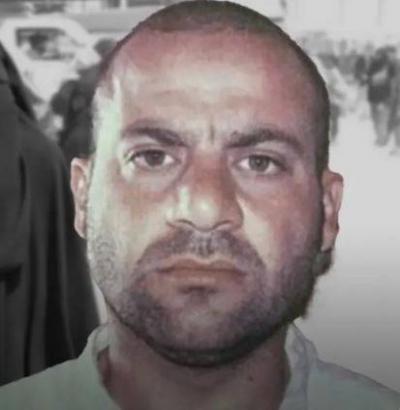Hours after one of the largest counter-terrorism operations in the world, carried out by the international coalition in the Atma area of Idlib province in northwestern Syria, U.S. President Joe Biden announced on Thursday the death of ISIS leader Abu Ibrahim al-Hashimi al-Qurashi as a result of this operation in Syria. The White House statement mentioned: "Last night, under my supervision, U.S. military forces successfully conducted a counter-terrorism operation in northwestern Syria to protect the American people and our allies, making the world a safer place." It added: "Thanks to the skill and courage of our armed forces, we were able to eliminate Abu Ibrahim al-Hashimi al-Qurashi - the leader of ISIS."
In October 2019, the ISIS extremist group announced through its affiliated agency "Amaq" the appointment of "the successor" to Abu Bakr al-Baghdadi, who was killed in an airstrike. "Amaq" stated at that time that ISIS "announces the appointment of Abu Ibrahim al-Hashimi al-Qurashi as its successor."
#### Who is Abu Ibrahim al-Hashimi?
His real name is Amir Muhammad Said Abdul Rahman al-Mawla, known as Abdullah Qardash. The term "Qardash" is a Turkmen word meaning brother, and he is nicknamed Abu Omar al-Turkmeni. He was born in the Tal Afar district west of Mosul in Iraq's Nineveh province in 1967. Al-Qardash is of Turkmen ethnicity, and his father served as an imam for the al-Furqan Mosque in Mosul.
Al-Qardash graduated from Tal Afar Boys Secondary School, then attended the Faculty of Sharia, graduating as an imam from the Imam al-Azam College in Mosul. The Ministry of Endowments appointed him as an imam at the Ajil al-Yawar Mosque in the old market in Tal Afar.
In 2001, al-Qardash joined the Salafi Jihad movement under Abdul Rahman Shaikhlar, known as Abu Alaa, leaving for Afghanistan to train in arms and receive education, then returning to Iraq after six months, where he was arrested by security forces during Saddam Hussein's regime, but was released later.
#### Joining Al-Qaeda
After the fall of the previous regime, he joined Al-Qaeda and pledged allegiance in 2004, assuming the position of legal advisor for the organization in the left section of Mosul. He progressed through various legal and administrative positions and became a member of the Shura Council.
In 2006, U.S. forces arrested him and he was held in Camp Bucca in Basra, southern Iraq, where he met al-Baghdadi before being released after about three years, returning to Mosul to again become a major leader of the organization in the province.
After 2014, he was the first to welcome al-Baghdadi in Mosul following the announcement of ISIS's formation, later taking command of areas east of the Euphrates in both Iraq and Syria. He then became the emir of the organization's public security bureau and later served as the minister for explosives and suicide bombers.
He was wounded in his right leg during battles in Baghuz, Syria, the last public stronghold for ISIS, at the hands of Syrian Democratic Forces. In August 2019, he reached the summit of the organization and was revealed to be its leader according to pro-ISIS websites, including the Amaq agency, where he had a strong relationship with al-Baghdadi that lasted more than a decade.
Al-Qardash appeared alongside al-Baghdadi in a video released by the organization in spring 2019 and succeeded him after his death at the hands of the international coalition forces in Idlib.
In May 2020, the UN Security Council's sanctions committee decided to add al-Qardash to the sanctions list under resolution No. 2368 regarding sanctions against ISIS and Al-Qaeda for "planning activities on behalf of the two organizations and financing them." In August 2019, the U.S. offered a reward of $5 million for information leading to al-Qardash's capture and renewed the offer in April 2020.




